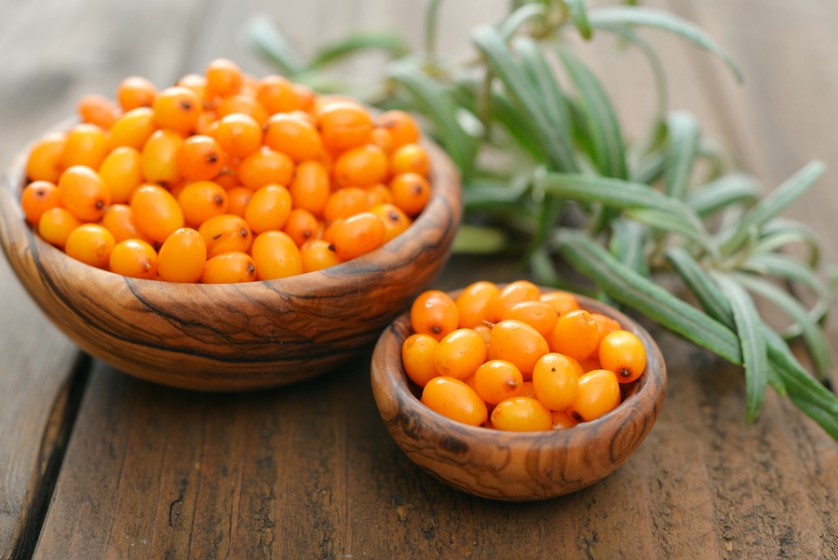Sea Buckthorn
Sea buckthorn has been used in China for more than 12 centuries to heal various disorders and is used in modern times by allopathic and Ayurvedic practitioners alike. Legend has it that even Genghis Khan, the Mongol conqueror, used Sea Buckthorn to propel the fight against his enemies.
The fruit grows primarily high in the Himalayan Mountains (Spiti Valley), which makes it particularly hearty. It is even called “Holy Fruit’ among the locals there. It is here, under the conditions of high altitude, exposure to extremely strong ultra violet radiation due to its proximity to the sun, and reflected light from heavy snows, severe cold, scorching heat, and dry, ‘barren’ soil, that this plant becomes a ‘super’ food. It is extremely life-giving and enhances both health and beauty.
Sea buckthorn has multiple uses due to its protein building amino acids, vitamins B1, B2, K, C, A, E, and folic acid, over 60 antioxidants, at least 20 minerals, and healthy fatty acids. The fruit is full of carotenoids, xanthophylls, phenolics, and flavanoids, too.
Sea buckthorn (Hippophae rhamnoides) is very effective for hydrating mucous membranes and alleviating vaginal dryness. It contains palmitoleic acid, a fatty acid found in human skin that helps moisturize and heal it.



Facebook Comments